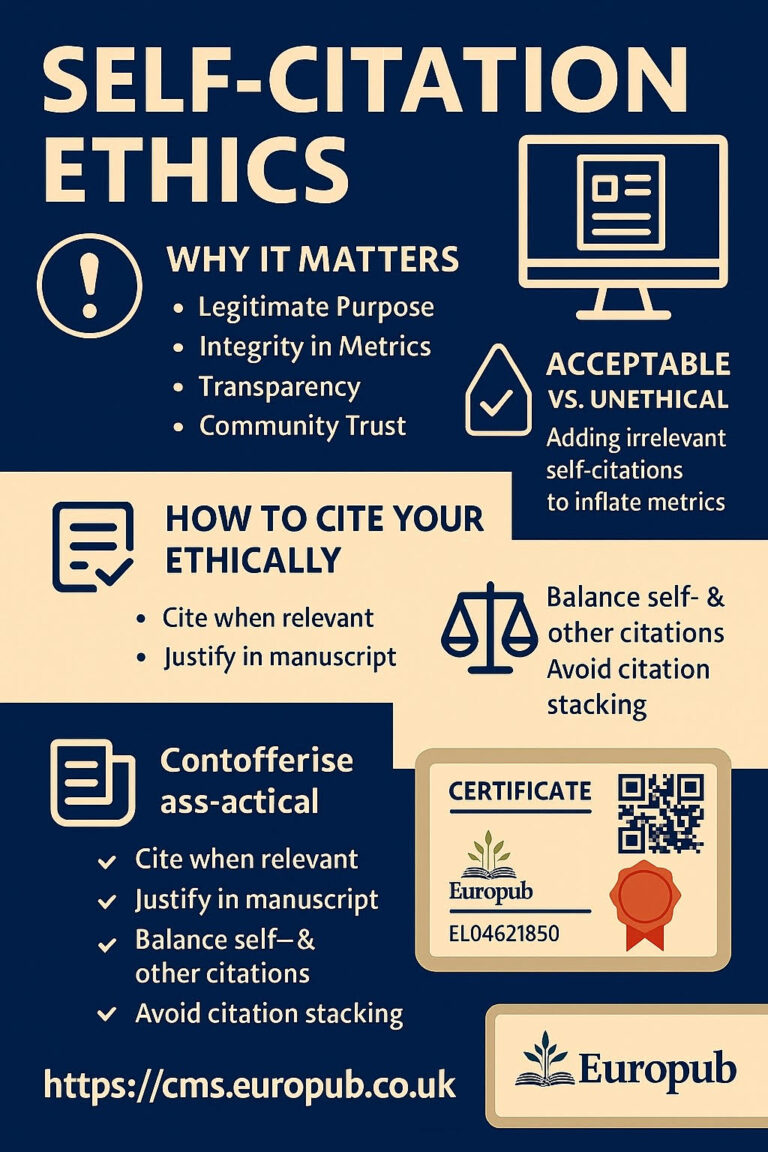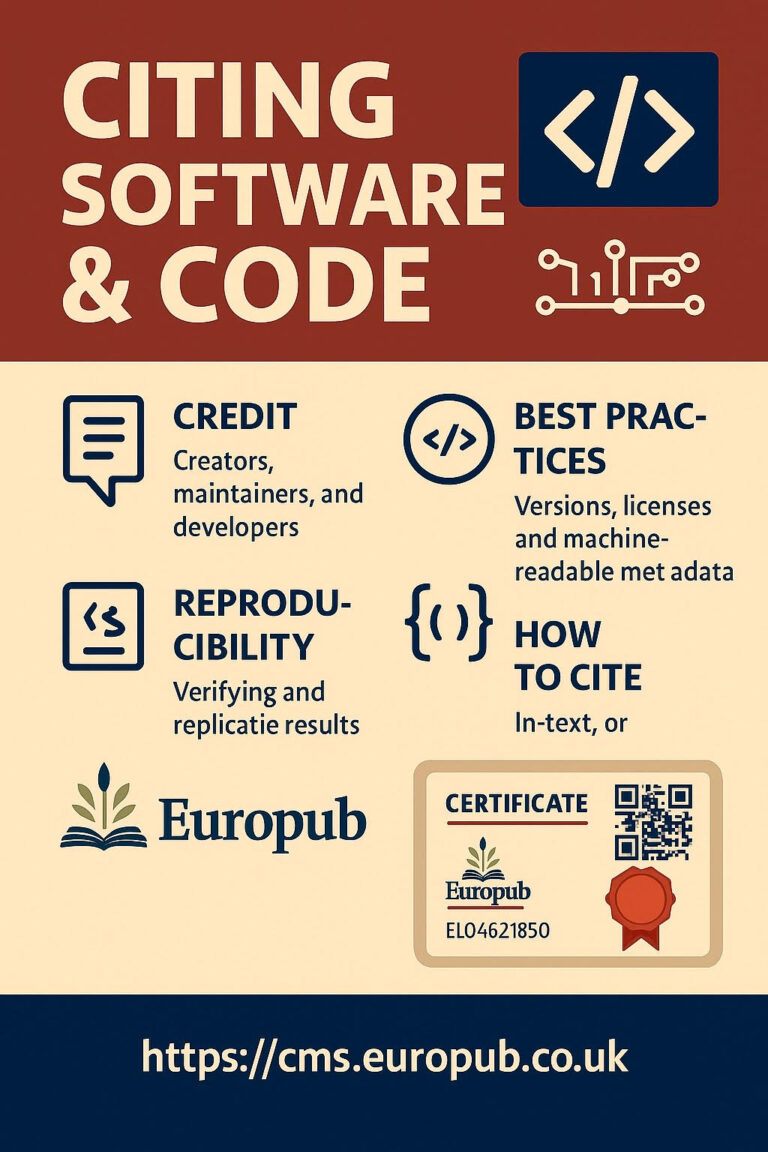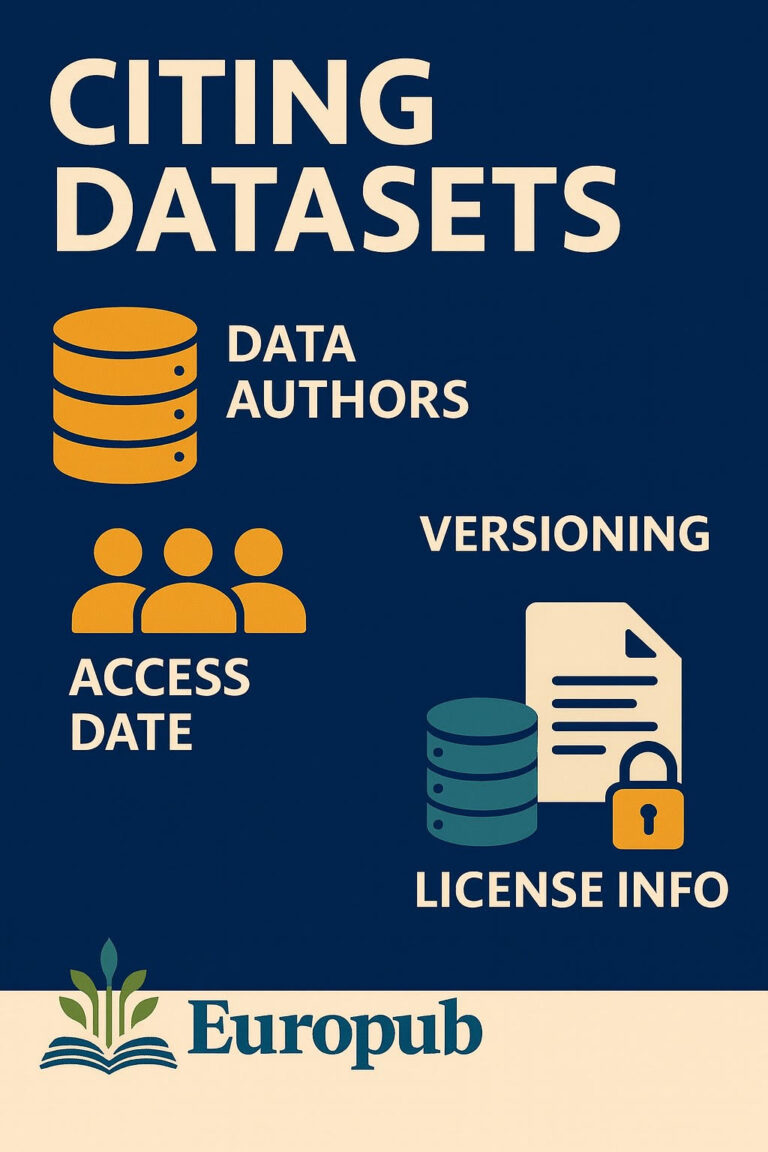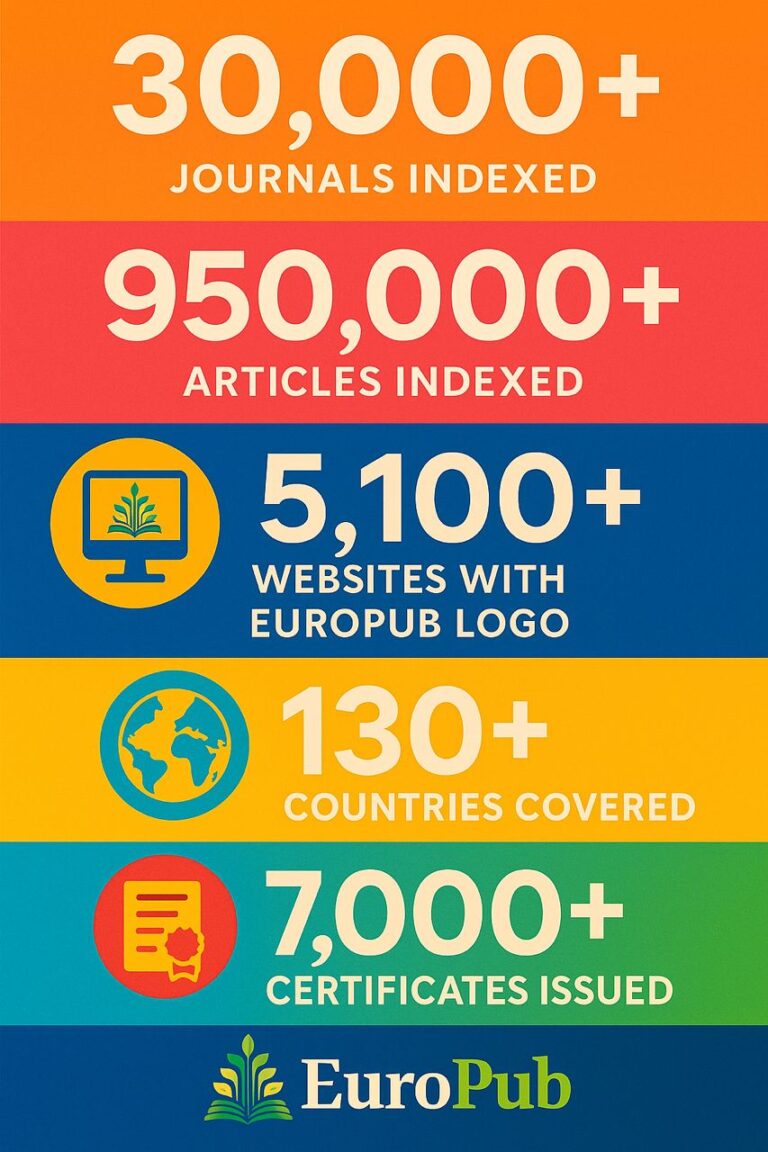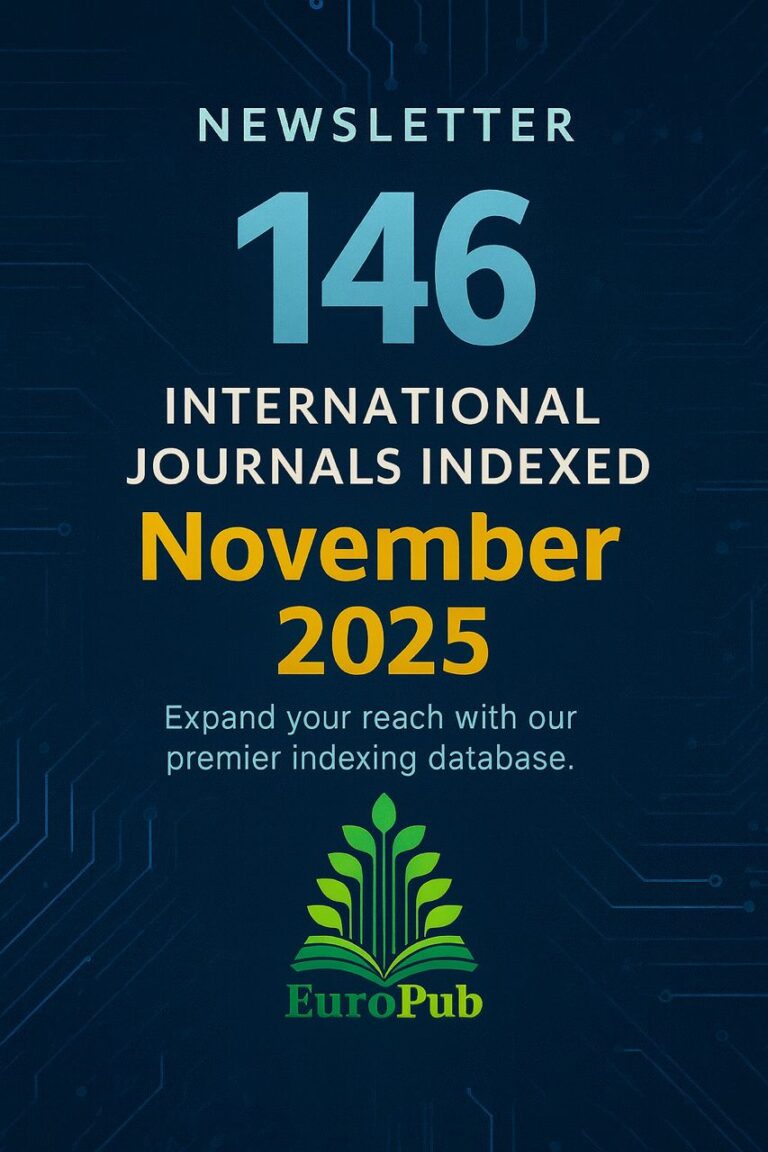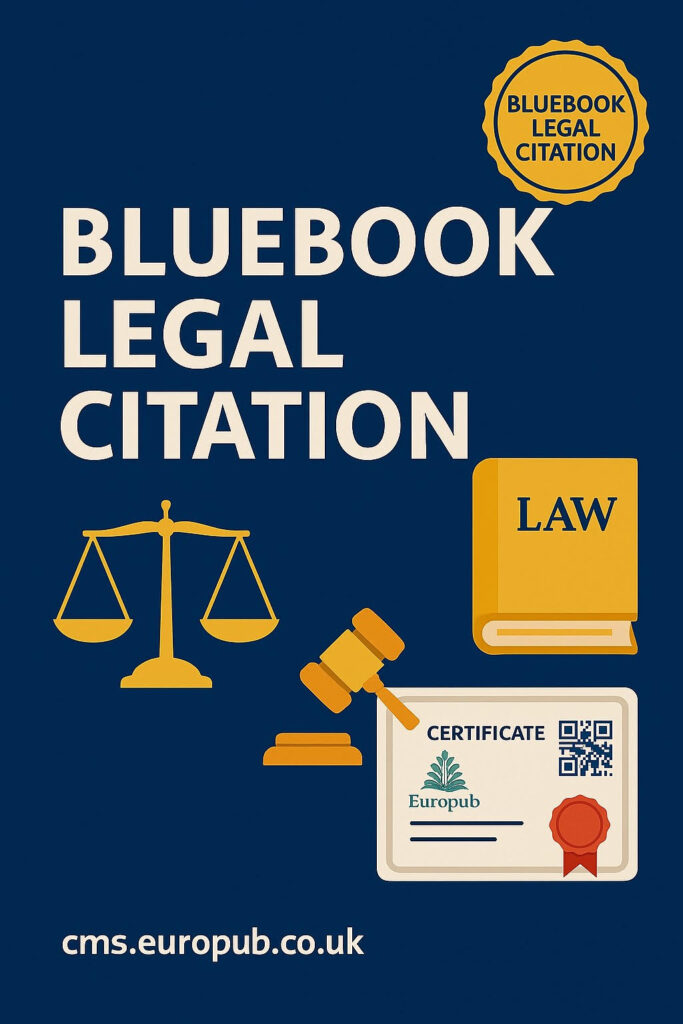
 Overview
Overview
The Bluebook: A Uniform System of Citation is the most widely used style guide for legal writing in the United States and international law contexts.
It provides detailed conventions for citing cases, statutes, constitutions, administrative materials, secondary sources, and online legal databases.
First published in 1926 by the Harvard Law Review Association, it is now maintained collaboratively by Harvard, Yale, Columbia, and the University of Pennsylvania Law Reviews.
The current (21st) edition remains the global reference for:
- Law review articles and journals
- Court filings and briefs
- Academic theses in legal studies
- Legal research papers and commentaries
 Purpose & Principles
Purpose & Principles
The Bluebook ensures precision, consistency, and verifiability in legal citations.
Its goals are to:
- Identify the source and authority of legal arguments.
- Enable readers to locate cited materials quickly.
- Promote uniformity across legal documents and publications.
- Protect scholarly integrity and transparency.
 Main Citation Categories
Main Citation Categories
| Description | Example | |
|---|---|---|
| Cases | Judicial opinions, court decisions | Brown v. Board of Education, 347 U.S. 483 (1954). |
| Statutes | Laws enacted by legislatures | 42 U.S.C. § 1983 (2018). |
| Constitutions | National or state constitutions | U.S. Const. amend. XIV, § 1. |
| Regulations | Administrative codes | 40 C.F.R. § 51.166 (2020). |
| Law Reviews | Journal articles | Jane Doe, Environmental Law and Policy, 45 Harv. L. Rev. 112 (2022). |
| Books & Reports | Secondary sources | Bryan A. Garner, The Redbook: A Manual on Legal Style 225 (4th ed. 2018). |
| Websites & Databases | Electronic sources | Roe v. Wade, 410 U.S. 113 (1973), available at Westlaw. |
 Core Bluebook Structure
Core Bluebook Structure
A typical Bluebook citation follows this order:
- Author(s) or Institution name
- Title of the work
- Volume and reporter abbreviation
- Page number
- Court name and year
- Parenthetical information (if necessary)
Example:
Marbury v. Madison, 5 U.S. (1 Cranch) 137, 176 (1803).
 Bluebook Abbreviations
Bluebook Abbreviations
- U.S. → United States Reports
- F.3d → Federal Reporter, Third Series
- S. Ct. → Supreme Court Reporter
- L. Ed. 2d → Lawyer’s Edition, Second Series
- Rev. → Review
- J. → Journal
- L. Rev. → Law Review
 Citation Examples
Citation Examples
 Case Law
Case Law
Miranda v. Arizona, 384 U.S. 436 (1966).
 Statutes
Statutes
Americans with Disabilities Act of 1990, 42 U.S.C. § 12101.
 Law Review Article
Law Review Article
Robert L. Stevens, Digital Justice and AI Regulation, 98 Yale L.J. 215, 218 (2023).
 Book
Book
Bryan A. Garner, Legal Writing in Plain English 55 (2d ed. 2013).
 Online Database
Online Database
Smith v. Jones, 123 F. Supp. 3d 456 (D. Mass. 2020), available at Westlaw.
 Formatting Guidelines
Formatting Guidelines
| Element | Rule |
|---|---|
| Font | Times New Roman, 12 pt |
| Spacing | Double-space for academic writing |
| Indentation | Hanging indent for bibliography |
| Italics | Case names, journal titles, and books |
| Small caps | Reporter abbreviations, law review names |
| Numbers | Use Arabic numerals for volumes and sections |
| Pinpoint citations | Include exact page or paragraph cited |
 Key Differences: Bluebook vs. APA/Harvard
Key Differences: Bluebook vs. APA/Harvard
| Feature | Bluebook | APA/Harvard |
|---|---|---|
| Audience | Legal professionals, law students | Academic researchers |
| Structure | Case–Volume–Reporter–Page–Year | Author–Date |
| Focus | Authority & precedent | Research & originality |
| Mediums | Cases, statutes, regulations | Books, articles, websites |
| Punctuation | Abundant, specific | Minimal |
 Useful Tools & Resources
Useful Tools & Resources
- Official Manual: https://www.legalbluebook.com
- Cornell LII Bluebook Overview: https://www.law.cornell.edu/citation/bluebook
- Europub Certificate Management System: https://cms.europub.co.uk
- Zotero & EndNote citation styles: “Bluebook 21st Edition” plug-ins available.
- Legal Database Examples: Westlaw, LexisNexis, HeinOnline, Bloomberg Law.
 Common Mistakes to Avoid
Common Mistakes to Avoid
- Omitting reporter abbreviations or page numbers.
- Misplacing commas or periods (every detail matters!).
- Using APA-style parentheses instead of case parentheticals.
- Forgetting to italicize case names.
- Incorrect capitalization of v. in case titles (v., not vs.).
 Extended FAQ – Bluebook Legal Citation
Extended FAQ – Bluebook Legal Citation
Q1: What edition of the Bluebook should I use?
A: Always use the latest (currently 21st edition) unless your journal specifies otherwise.
Q2: What’s the difference between “in-text” and “footnote” citations?
A: Bluebook relies on footnotes or endnotes, not parenthetical in-text references.
Q3: How do I cite international law sources?
A: Use treaties and UN document formats:
U.N. Charter art. 2, ¶ 4.
Q4: Should URLs be italicized?
A: No, URLs are written in plain text, not italicized.
Q5: How are multiple authors listed?
A: Use all authors up to three; for four or more, use “et al.”
Q6: Can I abbreviate journal names?
A: Yes, follow Bluebook Table 13 for proper abbreviations.
Q7: How do I cite unpublished cases?
A: Include “No.” and the docket number, court, and date.
Q8: Is there a difference between legal briefs and academic papers in Bluebook use?
A: Legal briefs often simplify citations, while law reviews use full formal Bluebook form.
Q9: What if the case is pending or not final?
A: Add “(pending)” or “(not yet reported)” at the end.
Q10: How do I cite non-English legal materials?
A: Provide English translation in brackets and include jurisdiction.
Q11: What’s the rule for pinpoint citations?
A: Always cite the exact page where the proposition is found.
Q12: Do statutes require the publisher’s name?
A: Only for unofficial codes. Official sources omit publisher info.
Q13: Are section symbols “§” required?
A: Yes, for statutes and regulations.
Q14: How to cite multiple sections?
A: Use double section symbol “§§”.
Q15: How do I cite a Constitution?
A: “U.S. Const. art. I, § 8, cl. 3.”
Q16: What about electronic databases like Westlaw?
A: Include the case citation and “available at Westlaw.”
Q17: Can Bluebook be used outside the U.S.?
A: Yes, for international journals, particularly comparative law.
Q18: Is there a free alternative to the Bluebook?
A: The Indigo Book offers an open-source version.
Q19: What’s the citation for the Bluebook manual itself?
A: The Bluebook: A Uniform System of Citation (21st ed. 2020).
Q20: Does Europub accept Bluebook style?
A: Yes — for all legal, policy, and governance papers under its Law & Society category.
 Key Takeaways
Key Takeaways
- Bluebook is the gold standard for legal citation.
- Demands precision, abbreviations, and case-based order.
- Use the 21st edition for law journals and reviews.
- Available online and integrated into Europub’s certification system.
 Prepared by: Europub Publishing Company Ltd. UK
Prepared by: Europub Publishing Company Ltd. UK
 Certificate System: https://cms.europub.co.uk
Certificate System: https://cms.europub.co.uk
